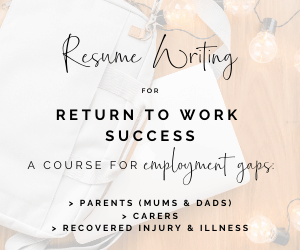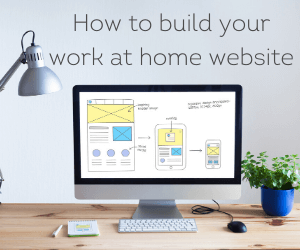Aussie mums are finding better ways to join the economy and build careers without sacrificing their motherhood duties. 7 per cent of mums are self-employed and building their own business from their home. The global shutdown driven by COVID-19 will forever reshape how people work, create, and produce. Remote workforce will no longer be an option provided by startups with a less conventional mindset. It’ll be a mandatory setting that needs to be accommodated so that the entire operation doesn’t shut down when a pandemic hits.
On average, about 20,000 new business registrations are filed each month in Australia. Being a solopreneur is becoming increasingly popular as well. Having your own ecommerce store is easy with platforms such as eBay, Amazon, and Etsy. Customer acquisition is now easier and faster thanks to social media and online platforms where your ad could quickly reach thousands of prospect shoppers.
If you are considering building or expanding your current online business, here are some tips for you to grow your home business in a sustainable way.
1. Construct Your Brand’s Narrative
Branding is often brushed off as fluffy exercise and only for larger companies who have multi-channel ads. But it is the foundation that must be built carefully before you expand. However small your venture is, you must have a consistent story around what you are offering and why your customer should connect with your brand over that of your competitors.
Going beyond the product you offer, what is your philosophy? What is the mission you are pursuing and you want your customers to join you in? You need to decide if you are a luxury brand or a discount seller and then justify your product and price combination. Make it memorable so that a customer knows to return and share with those in their network.
2. Have the Right Lead Generation Practices
Once you have your branding figured out, having the right digital presence is very critical. Just as storefront impacts the customers in brick-and-mortar retail, your website experience is a journey you need to intentionally shape in order to convert a browser into a paying customer. You can learn a lot from how the visitors engage with your website. One of the most common mistakes made by startups is not investing in proper marketing and sales earlier in their lifecycle.
The best way to build a sustainable lead generation practice is by constantly testing different designs and pathways and observing the reaction of your customers to see which design resonates best with them. Startup culture is all about testing assumptions and making intelligent mistakes to make evidence-based decisions. This methodology shouldn’t be a one-off activity but an foundational practice as it will help sustain the growth you achieve. Using platforms such as Convincely will be advisable to systemise this process and implement learnings from the test more quickly.
3. Invest in Customer Service
Customer service is often one of the most important criteria by which customers evaluate the brand. A market study showed that you earn an additional $1 billion within 3 years of investing $700 million. Customers crave personalisation and demand the brand goes above and beyond to meet their needs. This is why Zappos implemented a renowned strategy of rewarding customer service agents to stay on the phone with calling customers so that they are able to establish more personal relationships.
Customer service is not just about having a call centre. Asking for customer feedback, sending a small gift or thank you note, and handling customer complaints is all part of providing excellent customer service and thus building customer loyalty. Invest effort into developing a customer service strategy so you can provide a consistent experience to all your new customers.
4. Achieve Financial Transparency
14 per cent of small businesses do not survive the 5-year mark due to financial mismanagement. Understanding where you are profiting or losing money is key to understanding whether or not your business decisions are working. Having a system set up to be able to capture revenue, cost, and cash flow real-time is critical to your business’ survival. It’ll guide you on how much risk you can take and when you need to pivot. After the initial growth, the business’ sustainability is dependent on cost savings. You are able to beat your competitors faster if you are able to produce similar output more efficiently, prolonging your lifecycle.






